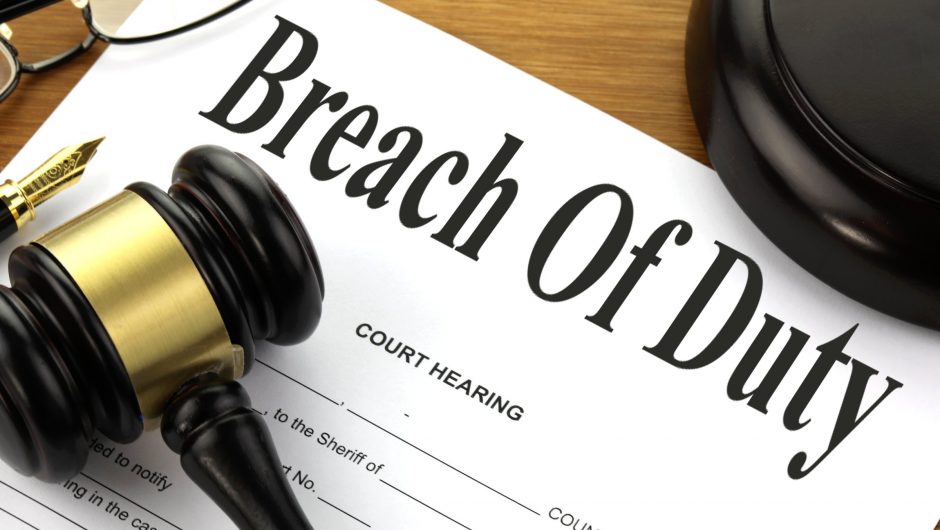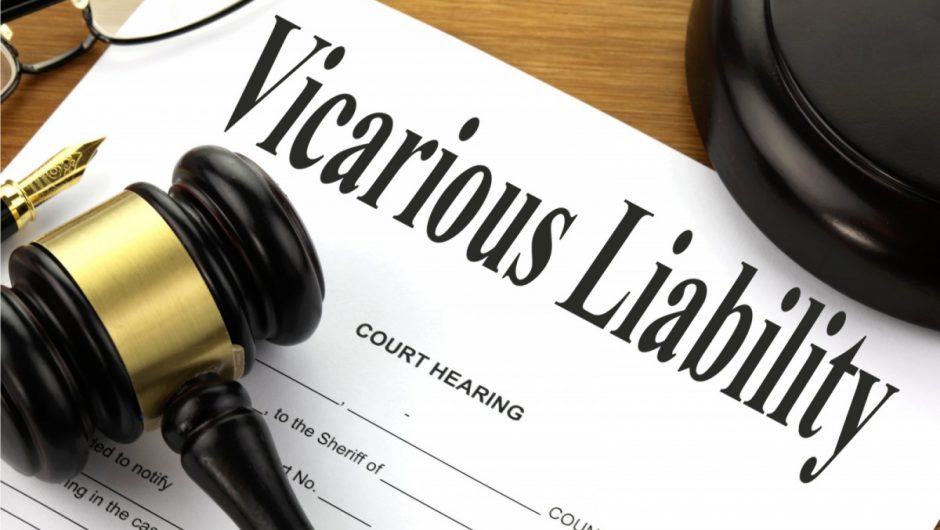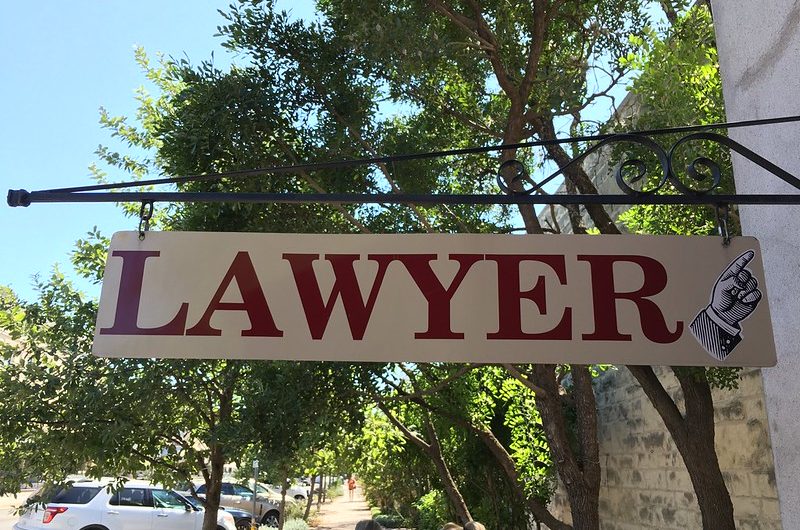Some tenants can fail to pay rent for up to several months leaving you no choice but to evict them. But the process of eviction is not as easy as it sounds. There’s a procedure you should follow – an Unlawful Detainer Procedure. In this case, it refers to a process that you should take if a tenant holds over your property after they’ve been served with a notice to vacate the property or their lease has expired. But what steps should you take when preparing for it? Please read on for these five simple but effective steps.

- The Termination Notice
The law demands that you must first fill out a termination notice for you to evict a tenant. The period and service of the notice vary, depending on several factors. Should you make a mistake in the process, probably if you’ve never done it before, you’ll be forced to start over again. And I doubt if you’ll have the time and energy to do this over and over. There are different ways and rules of serving the notice which you should know before filing the notice. This may require that you consult an expert to advise and guide you through.
- The Unlawful Detainer Lawsuit
If, after the service and expiration of the notice, the tenant will not have vacated the property voluntarily, your next step would be to prepare an Unlawful Detainer (UD) lawsuit. The filing of the lawsuit is with the court, then served on the tenant and prosecuted to a judgment. You’ll serve the tenant with a copy of the complaint filed with the court and wait for five days before the next step.
- Answer or Default
The tenant will have five days to file and serve an answer to the complaint after service of the complaint. A trial will be set if they answer and a default will call for judgment by way of declaration or a short uncontested trial. The tenant can also put up a defense to explain why s/he has failed to pay rent during the specified period.
- Trial or Declaration for Default Judgment
Regardless of whether the tenant puts up a defense or not, the court will require that you present the facts of the case for you to obtain a judgment. You’ll need to establish that you had an oral or written relationship with the tenant properly terminated with a served notice and you’re entitled to possession of the property. If the matter is uncontested, you’ll present the facts to court by way of a written declaration or in a short court appearance. And if it’s contested, you’ll go to trial. After presenting the facts and a judgment is entered, the clerk will issue a “Writ of execution” based on the judgment.
- Regaining Property Possession
The writ and execution instructions will then be delivered to the Marshal and you’ll be required to pay for the execution fee. Upon receiving the writ, the Marshal will go to your property and issue a 5-day notice advising the tenant to vacate or they’ll be removed after the five days. The Marshal will remove the tenant after the five days and you can now change the locks and settle any pending issues with the tenant.
Conclusion
Evicting a tenant who has been violating the agreed terms of stay by failing to pay could be stressful and time-consuming. Especially when you do not know the steps you should follow. But lucky for you, you now have all the steps you need with you. Follow these steps and rest assured of regaining your property possession and, perhaps, get paid for the damages. Good luck!
Topics #Law #Legal #Rent Failure #Tenant #Tenant Payment Failure #Unlawful Detainer #Unlawful Detainer Complaint #Unlawful Detainer Procedure #Unlawful Detainer Process











